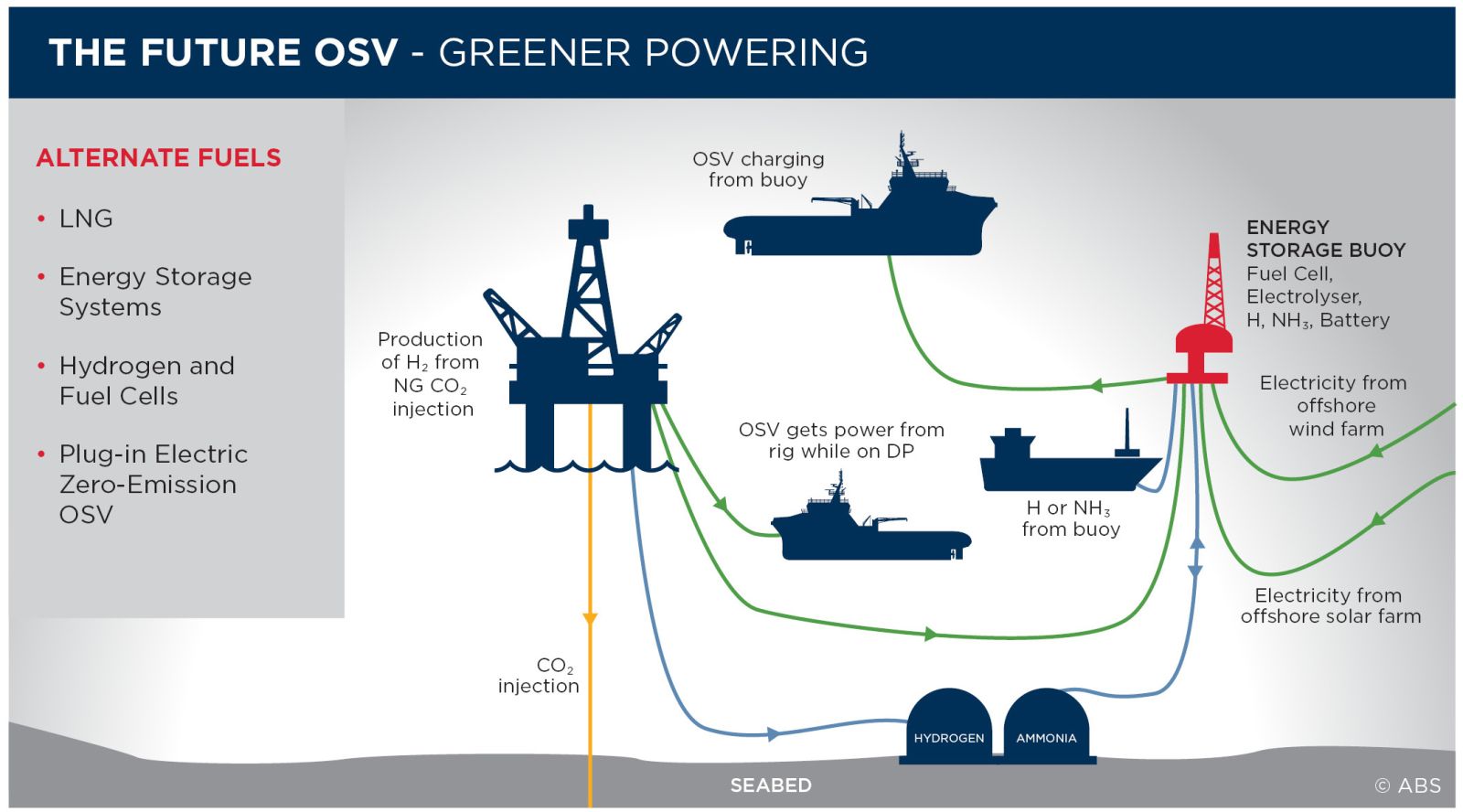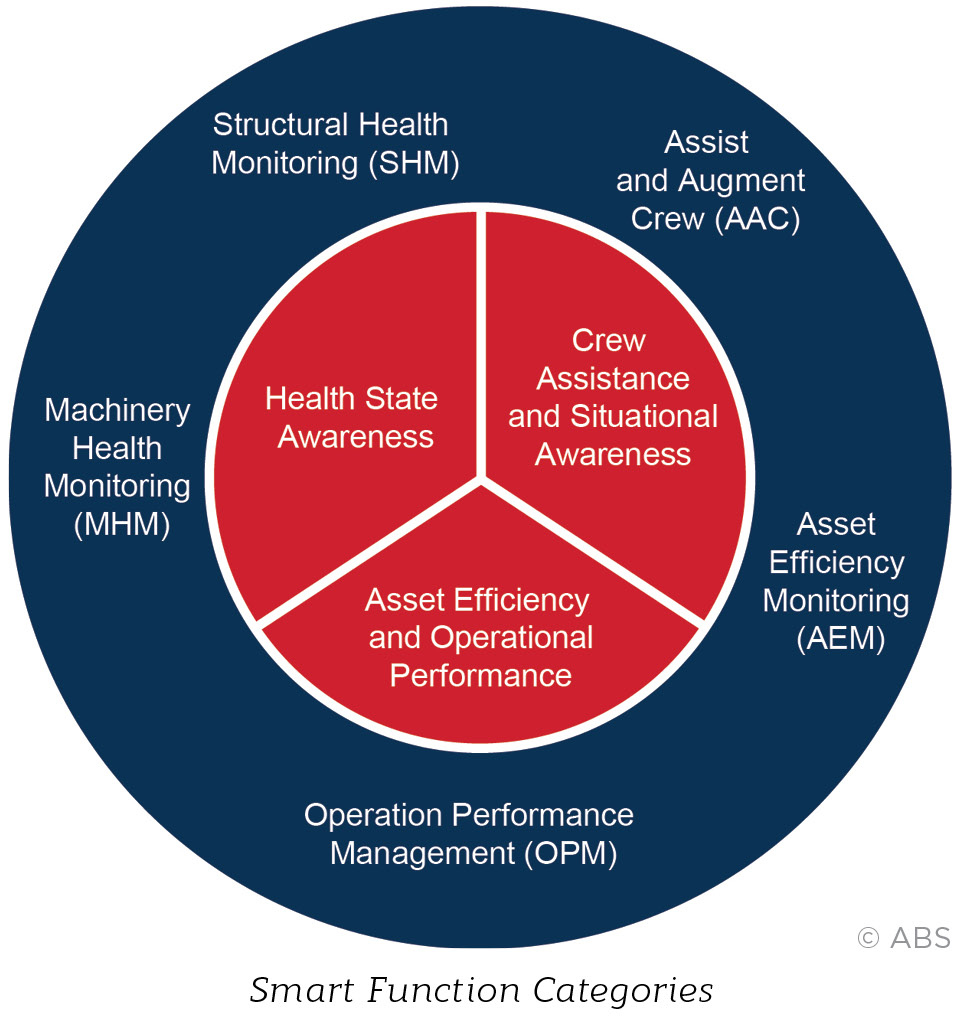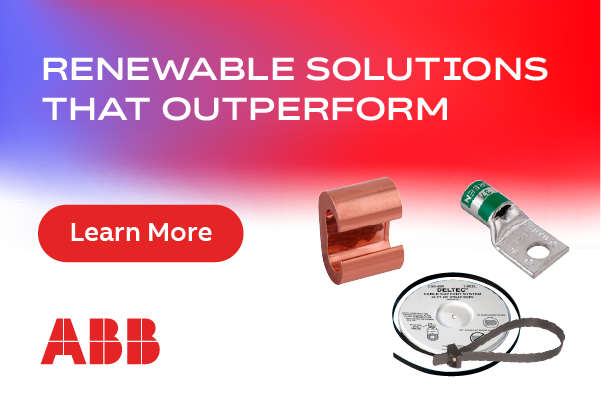The Future of OSVs: Preparing for carbon neutrality
The offshore support vessel (OSV) market is entering a period of exciting transition.
Despite the economic disruption caused by the COVID-19 pandemic, demand for OSV services reached $13.78 billion in 2020. By 2028, the market is set to expand by almost $10 billion to reach of value of $23.6 billion.
Alongside a steady increase in demand for their use predicted in the next few years, both the design and ways in which these vessels are operated will continue to evolve.
Trends are pointing to a carbon neutral future, with operations fully integrated with offshore fields, port infrastructure, and supply chains. Moreover, OSVs will need to be fully digitized and highly automated to tie into their supporting tech-enabled ecosystems and be able to perform a range of functions to serve multiple and more complex offshore sectors – think larger accommodation spaces, heavy-lift cranes, helidecks, and streamlined hull forms.
A report containing detailing the future of OSV designs and operations covers a range of mission critical aspects, from how technology can help to integrate OSV operations to which emerging regulations may impact how they are designed and used by the offshore industry.

OSVs must be data ready
The oft cited saying ‘you cannot manage what you don’t measure’ undoubtedly applies to OSVs, especially as they transition to a carbon neutral working environment.
Indeed, the ability to track and report emissions and other pollutants is foundational to lowering the marine and offshore industry’s collective carbon footprint and gaining compliance with the associated regulations. There is also a compelling business case, as data collection and analysis underpin strategies to improve fuel efficiency.
If they are not already, OSVs will need to be equipped with digital devices to monitor key environmental performance metrics such as emissions, garbage, waste, and consumables.
It is important to note that regulations around measurement are changing, too. Although the proportional emission-reduction targets set by the IMO for 2030 and 2050 remain firm, there is impetus to change the way shipping counts its emissions. Expect to see a shift away from monitoring combustion cycles (tank-to-wake) to lifecycles (well-to-wake), primarily because this can offer a more accurate assessment of the industry’s carbon footprint.
 Adopting new fuels and energy storage systems
Adopting new fuels and energy storage systems
Electrification and use of hybrid power are other pathways for proactive OSV owners to achieve carbon neutrality from their marine propulsion systems. Here, energy storage systems are expected to play a key facilitating role. At the moment, the adoption of hybrid-electric propulsion systems is being led by OSVs and harbor tugs, for which propulsion systems need to provide additional energy on demand.
Biofuels represent another option. Although not all biofuels will reduce OSV emissions from the combustion cycle, there is the potential to offer benefits from the well-to-tank component of the fuel cycle. However, while some environmental benefits of alternative biofuels are being proven in laboratories around the world, far more progress needs to occur around assuring feedstock supplies and building up marine infrastructure before anything happens on a commercial scale.
In the shorter-term, measures can be taken by OSV owners to help them move towards achieving carbon neutrality. Watch for the trend of retrofitting the existing OSVs with an energy storage system (ESS) such as lithium battery packs.
To gain operational efficiency, new OSV designs are examining the potential of ‘tri-fuel’ technologies, such as dual-fuel or alternative ‘green’ fuel-ready concepts in combination with ESS. The adoption of battery and battery-hybrid propulsion systems is expected to continue in tandem with a gradual electrification of the fleet.
As the marine and offshore industry steps up to the net zero challenge and moves along the journey to carbon neutrality, there are many steps OSV owners can take with immediate and longer-term lenses to carve out their own customized paths.
 Wei Huang, Ph.D., is Director, Global Offshore Market Sector Lead, Offshore Support Vessels at ABS, which applies advanced technology, digital tools, capabilities and improved core processes to drive safety excellence, greater performance, and efficiency.
Wei Huang, Ph.D., is Director, Global Offshore Market Sector Lead, Offshore Support Vessels at ABS, which applies advanced technology, digital tools, capabilities and improved core processes to drive safety excellence, greater performance, and efficiency.
ABS | ww2.eagle.org
Author: Wei Huang, Ph.D.
Volume: 2023 March/April








